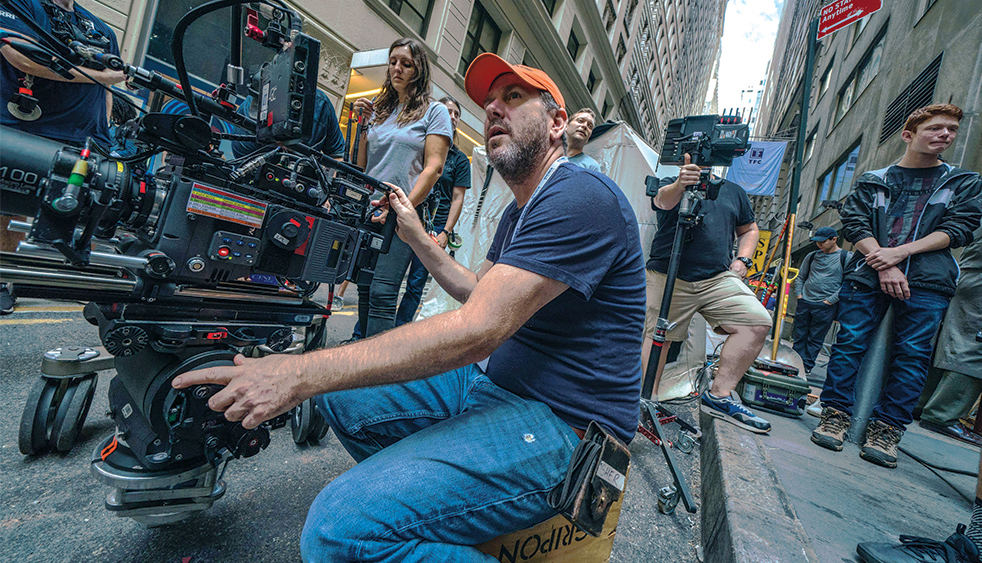
Filming in New York City
Seven cinematographers share their stories and offer advice for making movies in the Big Apple.
New York City is a big place, crammed with tall buildings and lots of people. It’s a striving place — teeming with life, art, ideas and action — with appearances in countless feature films (from Sweet Smell of Success to Anora) and television series (from Sesame Street to Succession). For filmmakers, it has much to offer — bright lights, world-famous locations, and world-class crew — making it an ideal place for production.
“There’s a story on every corner,” says cinematographer Frank Prinzi, ASC, a New York-based Long Island native whose television credits include The Blacklist and Law & Order, and the features 200 Cigarettes and Living in Oblivion. “You can walk from one location to another and experience the whole world.”
New York Stories
The world flocks to New York City in large part because of all the films and tv shows in which it appears, depicting it as as welcoming or repulsive, romantic or isolating, dangerous or exciting (or all of the above). Many of these prominently feature some of New York’s most iconic locations — like the Empire State Building, the Statue of Liberty, Central Park, and the Brooklyn Bridge — which provide the viewer with an immediate sense of place and scale.

“A lot of what makes the city special is in the Brooklyn Bridge itself,” remarks Buddy Squires, ASC, whose cinematography credits include Ken Burns’ Academy Award-nominated documentaries Brooklyn Bridge and The Statue of Liberty. “The skyline, the lights on the bridge, and the people crossing it are always changing, but the basic architecture remains.”
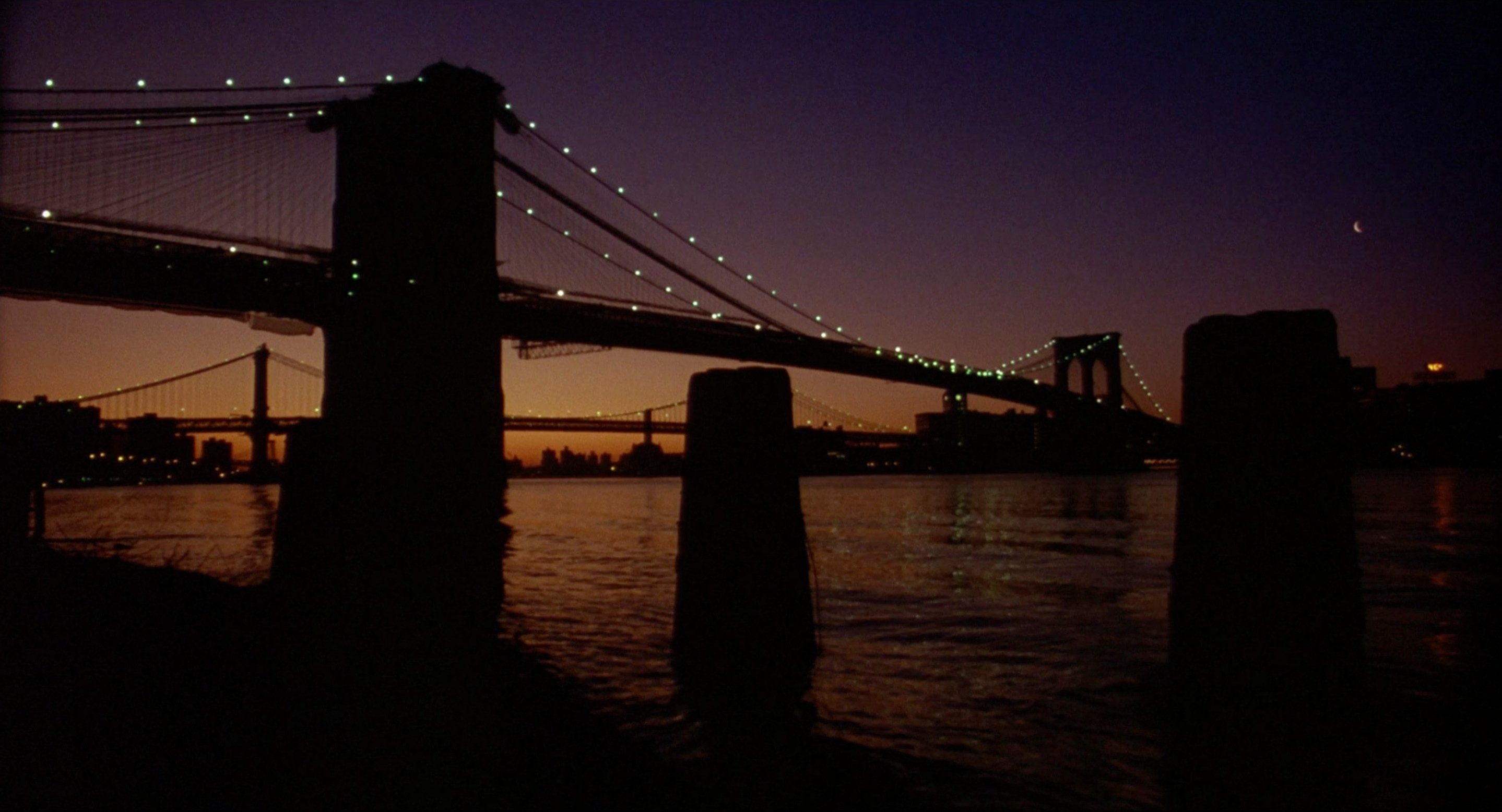
The big changes may take years or longer, but smaller ones can happen in an instant. Squires describes a recent shoot in Queens, where "I saw this beautiful light hitting the street corner, but the director wanted a shot of something else. Two minutes later, the light was gone. You can’t dwell on what you didn’t get, you just have to stay alert for the next opportunity.”
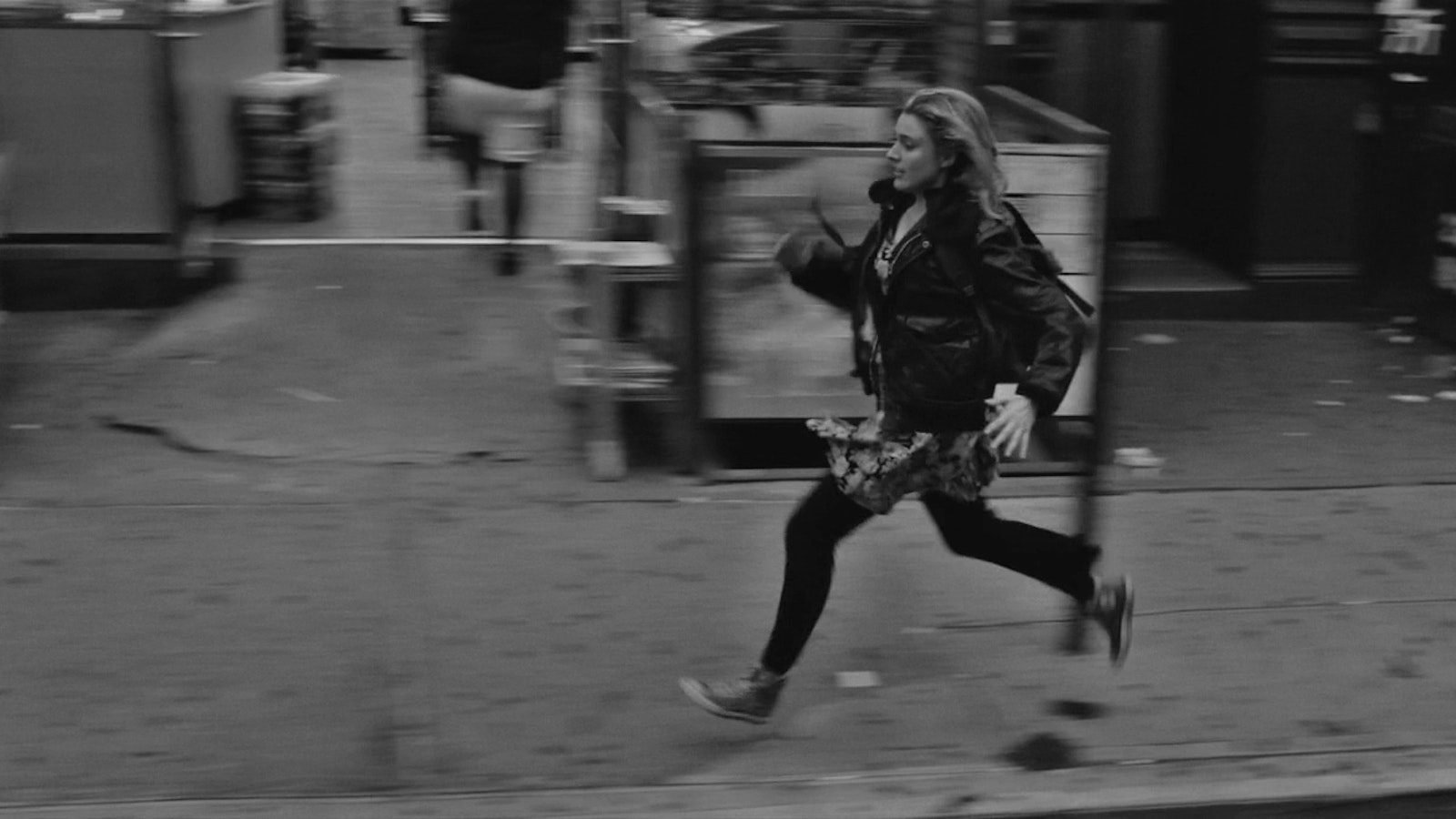
“Stay light on your feet,” adds Richard Crudo, ASC, the cinematographer of American Buffalo, American Pie, and Down to Earth, who started out an assistant on New York crews for ASC members Gordon Willis, Michael Chapman, Ernest Dickerson, and Fred Murphy. “New York City moves at a singularly insane pace, so always seek out the fastest, lightest, and most efficient ways of approaching situations or solving problems.”
All That Jazz
The friction of this constant movement and rapid change is what generates New York’s particular kind of energy. “You can feel that energy even in the small neighborhoods,” says Cybel Martin, ASC (the tv series American Horror Stories, Kindred, and XO, Kitty), who is from New York and went through NYU’s Tisch School of the Arts Cinema Studies graduate program. “It’s always there in the background: the people on their grind, the architecture, the history, the flow of traffic. You have to go out of your way to avoid it.”

Whatever you do, don’t fight it, cautions Prinzi, who, along with Dejan Georgevich, ASC, teaches cinematography master classes and advanced production courses at the School of Visual Arts: “I always tell students and young filmmakers that New York doesn’t respond well to arrogance or force. We’re in people’s neighborhoods. They’ve had film crews take their parking spots, make noise with generators, and disrupt their lives. But if you’re respectful, they’ll be more accommodating."
Crudo offers an example of what happens when the residents are friendly and accommodating, until they’re not: “It involves a car chase for a low-budget movie I was shooting at night in the early ‘90s. The big-bang conclusion was set on a quiet street in Greenwich Village, with gunfire, racing engines, and noisy collisions. The neighborhood folks were pretty tolerant, then around 4 a.m., a heavy object went flying past the dolly. I looked up to see a hail of canned goods flying at us from windows on both sides of the street. All these people had suddenly had enough and called each other to coordinate the attack. The crew and I took cover as the gutter filled with debris, the AD called an early wrap, and peace returned to the area.”
As a leader on the set, the cinematographer must “set the example,” says Georgevich, whose TV credits include Gossip Girl, Elementary, and The Blacklist. “Treat people how you want to be treated. And share your enthusiasm! That positive energy is infectious — it starts with your crew, then spreads to the actors, and even to the neighborhoods where you’re shooting, then everyone will feel like they’re part of something special. Not just in New York City, but anywhere.”
Bright Lights, Big City
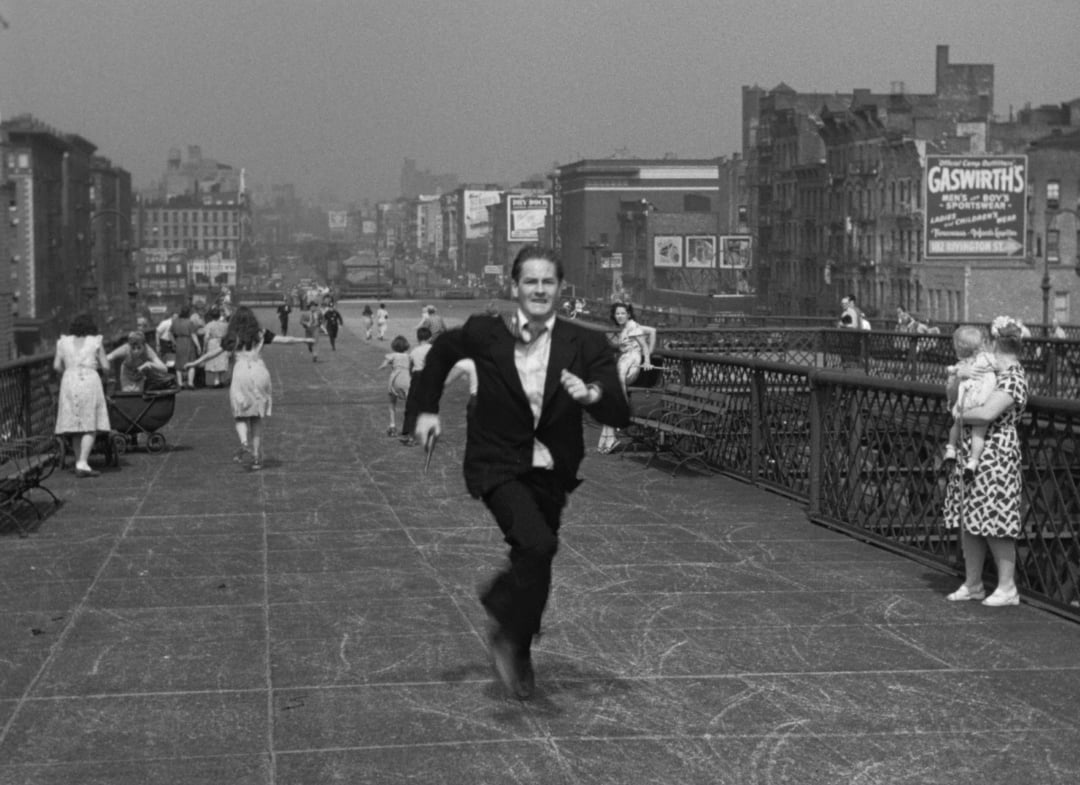
It wasn’t until the late 40’s and Jules Dassin’s The Naked City (photographed by William H. Daniels, ASC, who received an Oscar for his efforts) that New York became known for its impressive location offerings. Other filmmakers soon discovered its blend of historical and contemporary architecture and diversity of settings: Manhattan, Requiem for A Dream, and John Wick are all quintessential "made in New York" movies, but depict city life — and the city itself — in very different ways.
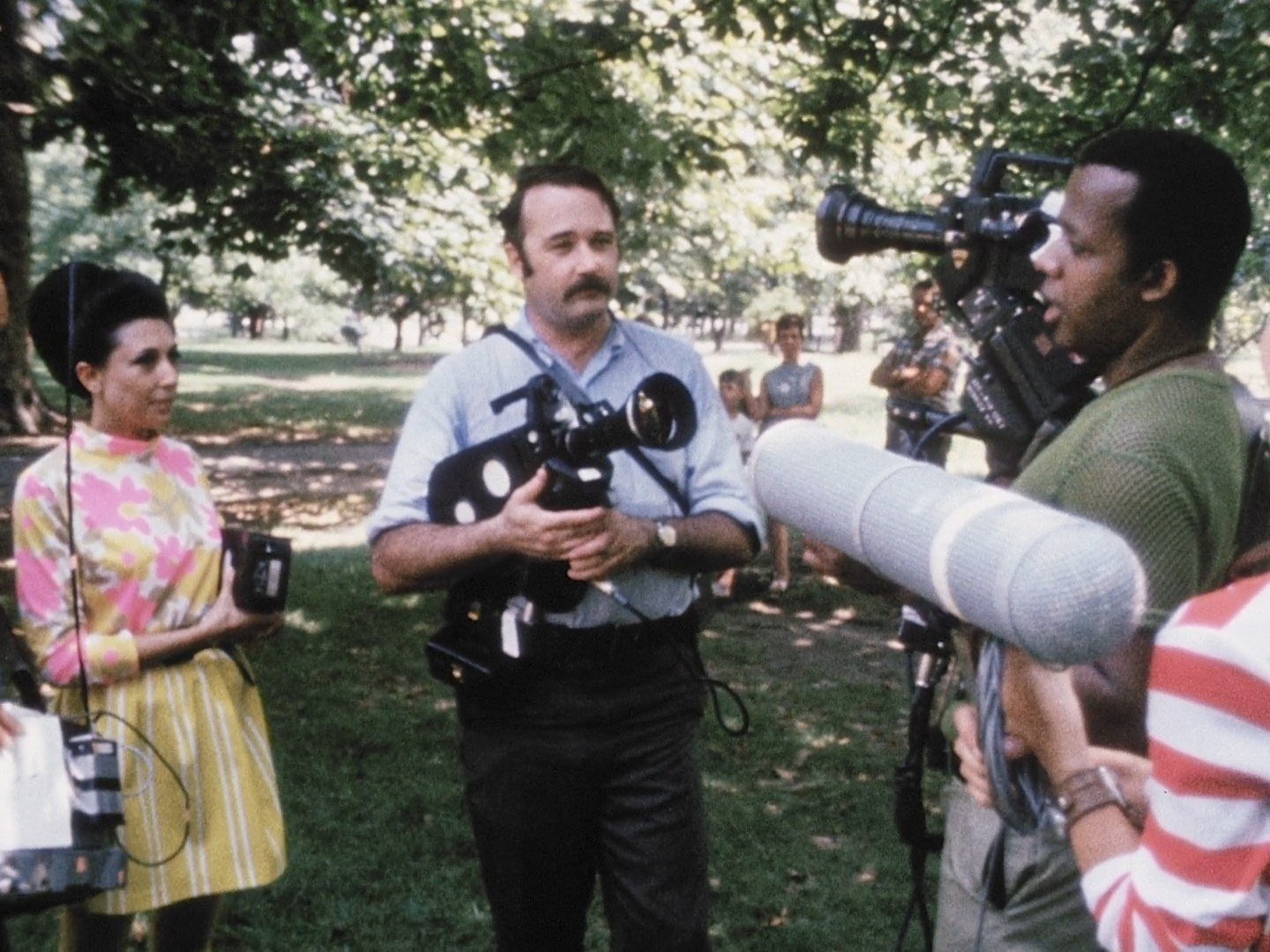
For a long time, slow lenses and slower film stock kept independent productions like Stanley Kubrick’s Killer’s Kiss (1955), John Cassavettes’ Shadows (1960), and William Greaves’ Symbiopsychotaxiplasm: Take One (1968) mostly outdoors during the day and indoors at night.
Today’s cameras are lighter, lenses and films stocks (and electronic sensors) are faster and more sensitive, while New York City has only gotten brighter; now, cinematographers working at any scale can shoot almost anywhere, light a scene with streetlight or a neon sign, and see into the deepest of shadows.
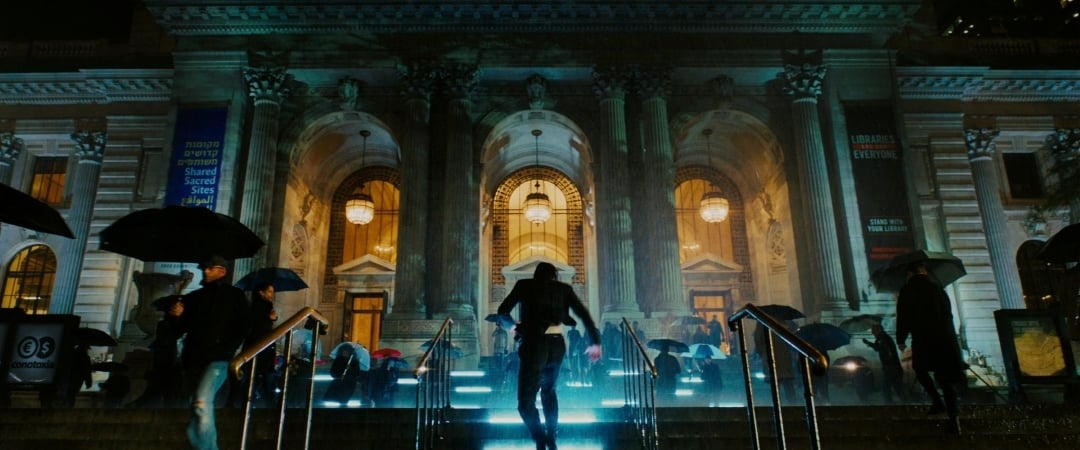
“That’s what I love about shooting here — New York is full of incredible light,” says Frank DeMarco, ASC (Shortbus, Margin Call, and the TV series FBI: Most Wanted). “You don’t have to manufacture it. You just need to enhance it slightly. If you're doing a walk-and-talk, you might carry a little fill light for your actors, but you can’t light the city better than it lights itself.”
Mean Streets
Like anywhere, working in New York is not without its difficulties. Director Abel Ferrara (Bad Lieutenant, King of New York) remembers the two attack dogs cinematographer Ken Kelsch, ASC had guarding their equipment van while shooting The Driller Killer around Union Square in 1977. “I’m not crazy about dogs, but to be out in the street with equipment in those days...,” he ponders. (Times have may have changed, but still, never leave your equipment unattended.)
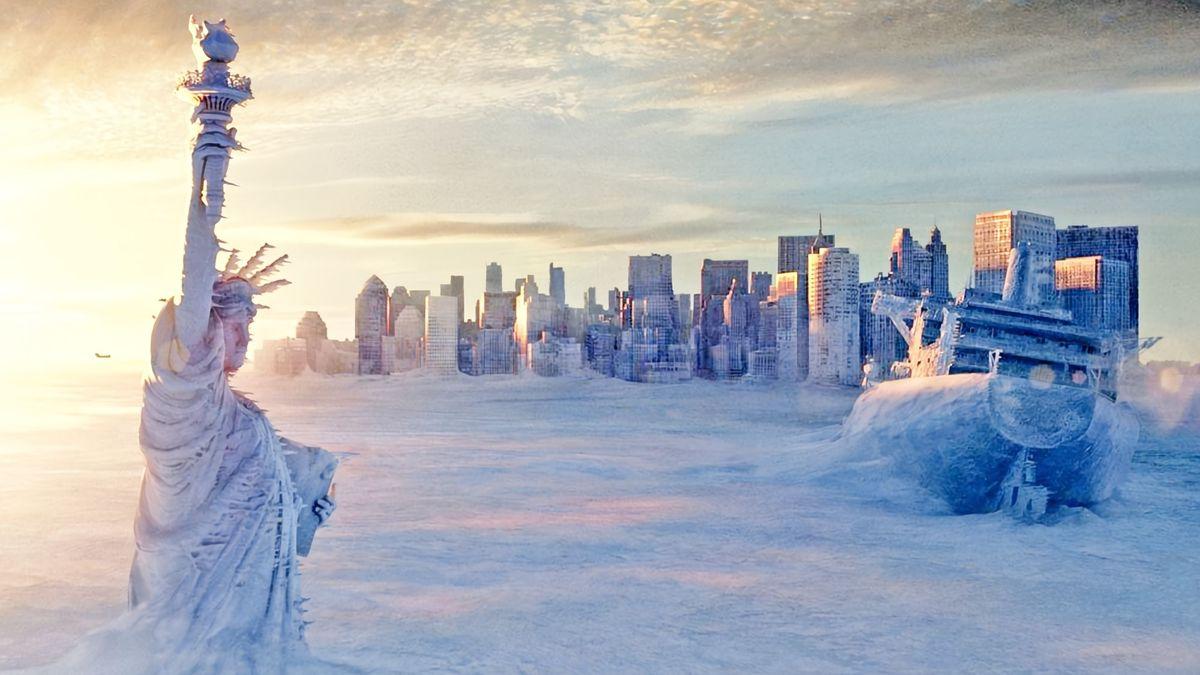
New York's extreme weather conditions can present a challenge, especially for visitors who aren’t used to brutal cold in the deep winter or sweltering humidity at summer's peak.
“I always recommend having clothing for the season you're in plus the two adjacent seasons. It’s not even about filmmaking — it’s about staying comfortable,” DeMarco suggests. Appropriate footwear is another important consideration, as people in New York tend to spend a lot of time on their feet. “I have two pairs of shoes — thick-soled New Balances and Crocs. I switch them at lunch, because if you’re standing around in the same shoes all day, the soles compress and won’t bounce back. I’m usually standing — sitting all day isn’t healthy.”
“Shooting in New York is physically demanding in a way that surprises people,” Martin observes. “You don’t always have access to big trucks. You can’t always use a Magliner to move things. Once, when I was starting out as a grip on music videos, I had to carry all our truss up 12 flights of stairs because the elevator was broken. It can wear you down fast, so if you’re coming to New York to shoot, be prepared.”
Do the Right Thing
The best way a filmmaker can be prepared to shoot in New York is to get in touch with the Mayor’s Office of Media and Entertainment (MOME), says Brian Papworth, a Senior Advisor for MOME. The agency grew out of Mayor John Lindsay’s 1966 mandate to the Department of Commerce to untangle the considerably knotty process of getting a permit to film on location. There was a 100-percent increase in film production that same year. Today, the film and television industry contributes nearly $9 billion and over 130,000 jobs to New York City's economy, so there's a big incentive to keep things running smoothly.
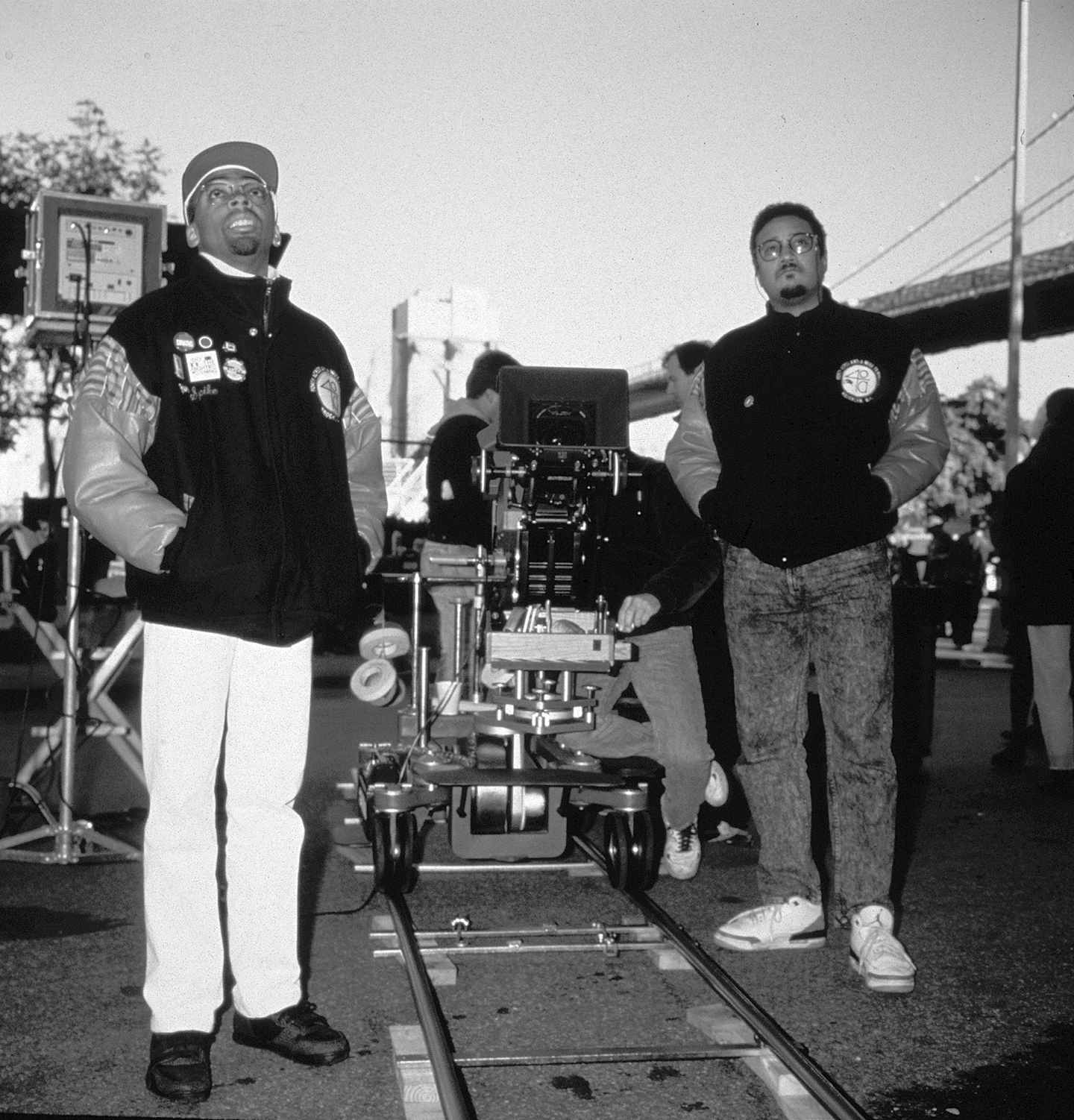
Cinematographer Jendra Jarnagin (the TV series Emily in Paris and East New York), a 30-year resident of New York, reflects on her experience working in and with the city: “A lot of people think about how difficult and challenging New York is to shoot in — and that’s true in terms of population density, parking, space constraints, and cost — but the Mayor’s Office is a real ally. Their reputation is built on making things happen.”
Getting permits in New York City is “incredibly easy,” she says. “I’ve worked on independent productions where the producers considered not getting a permit because they assumed they couldn’t afford it, but then they were surprised to find out how reasonable the cost is. [MOME] handles neighborhood relations. If you need cops for traffic control, or street closures, or parking spaces, the city will provide them.”

MOME does all this by directing other city government offices — including Parks, FDNY, NYPD, the Department of Transportation, and the Department of Buildings — to cooperate with a single agency on the behalf of filmmakers, regardless of budget level. To get the most out of their efforts, Papworth asks productions to communicate their needs to the agency as soon as possible, “even if your plans are still in flux.” When MOME knows a production is coming in, an informal “overture meeting” is scheduled with the producer to grasp the scope of the project and flag any potential issues.
“Our office was created to cut red tape,” Papworth reiterates. “New York City wants you to film here. Even if you think, ‘they would never let us do that,’ ask anyway. The best thing you can do is involve us in the conversation. We’ll figure out a way to make it happen.”





